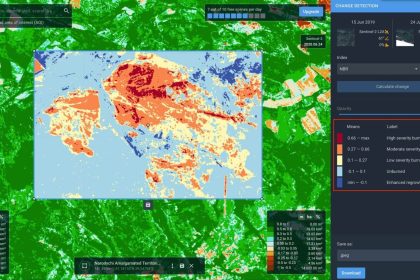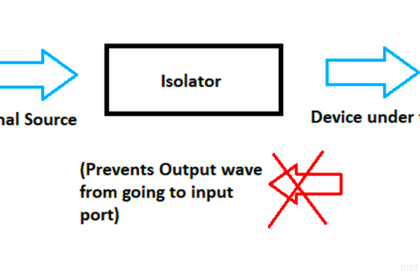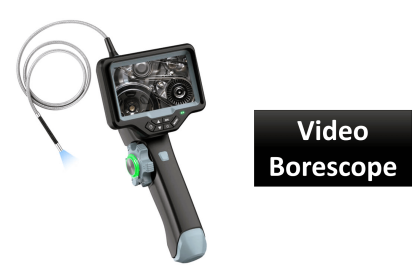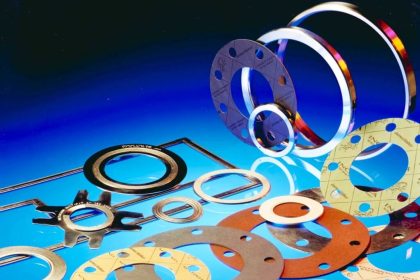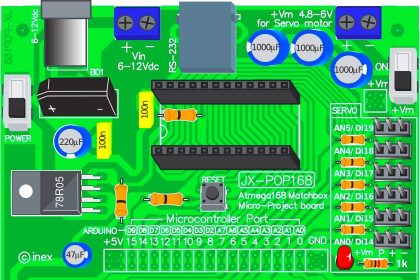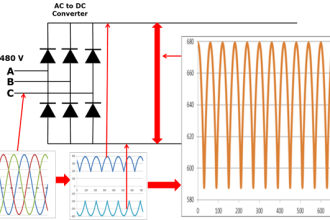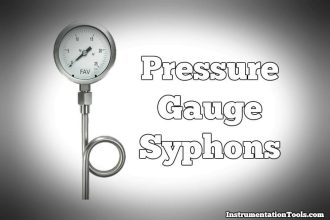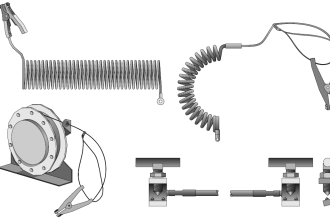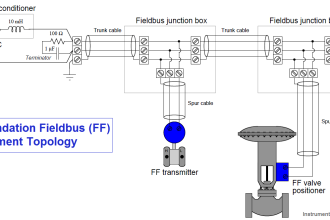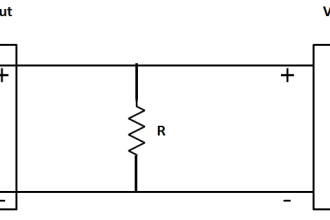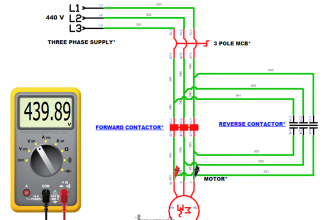Doppler Effect is a method for measuring linear velocity. When a narrow laser beam ( or radio beam or ultrasonic beam) is focused on an abject, the beam will be reflected back to the source. But if the object is moving, the frequency of the signal received back will differ from that of the transmitted signal. This difference in frequency (Doppler shift) becomes a measure of the velocity of the object .
LDA is used to measure flow (especially, high frequency turbulence fluctuations). This device can measure velocity of flow precisely and they don’t disturb the flow during the measurement process.
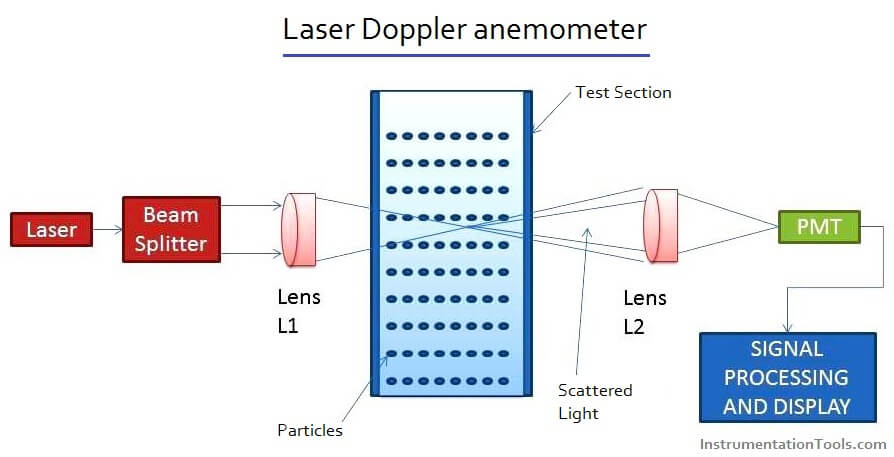
The main parts of this device are as follows
- A laser source (an argon laser or He-Ne laser).
- A beam splitter that splits the laser beam into two equal intensity beams.
- Alens to focus the two split lazer beams at an intersection point.
- A photomultiplier tube (PMT)
For a flow whose velocity is to be determine, it is to be noted that the flow should contain small particles to scatter the light. The particle concentration should be very small.
Operation of Laser Doppler anemometer
- The laser source sends a beam that is split by a beam splitter into two beams.
- The two parallel beams are focused by the lens L1 such that they intersect at a point in the test section were flow ( with particles ) exists. In the region of intersection, interference fringes are formed.
- The particles (carried along with the flow) that pass through the intersection of the beams scatter the light from both the beams.
- The scattered light experiences a Doppler shift in frequency that is directly proportional to the flow velocity.
- The light is collected by a photomultiplier tube (PMT). The device is constructed such that the direct and scattered beams travel in the same optical path so that an interference will be observed at the PMT that is proportional to frequency shift. This shift then gives an indication of flow velocity.
- A signal processor is used to retrieve velocity data from the PMT.
Advantages of Laser Doppler anemometer
- The device does not disturb the flow during measurement
- The device measure velocity directly
- Volume of sensing part can be very small
- Highly accurate
- Can be used to measure flow of both gases and liquids.
Disadvantages of Laser Doppler anemometer
- Requires transparent channels
- Cannot be-used on clean flows
Applications of Laser Doppler anemometer
- Wind tunnel studies
- Blood flow measurement
- Sensing of wind velocity
- Used in the field of combustion

